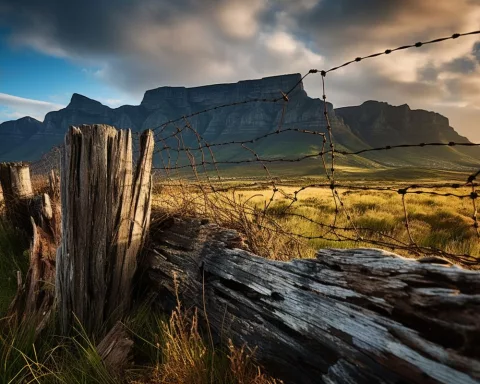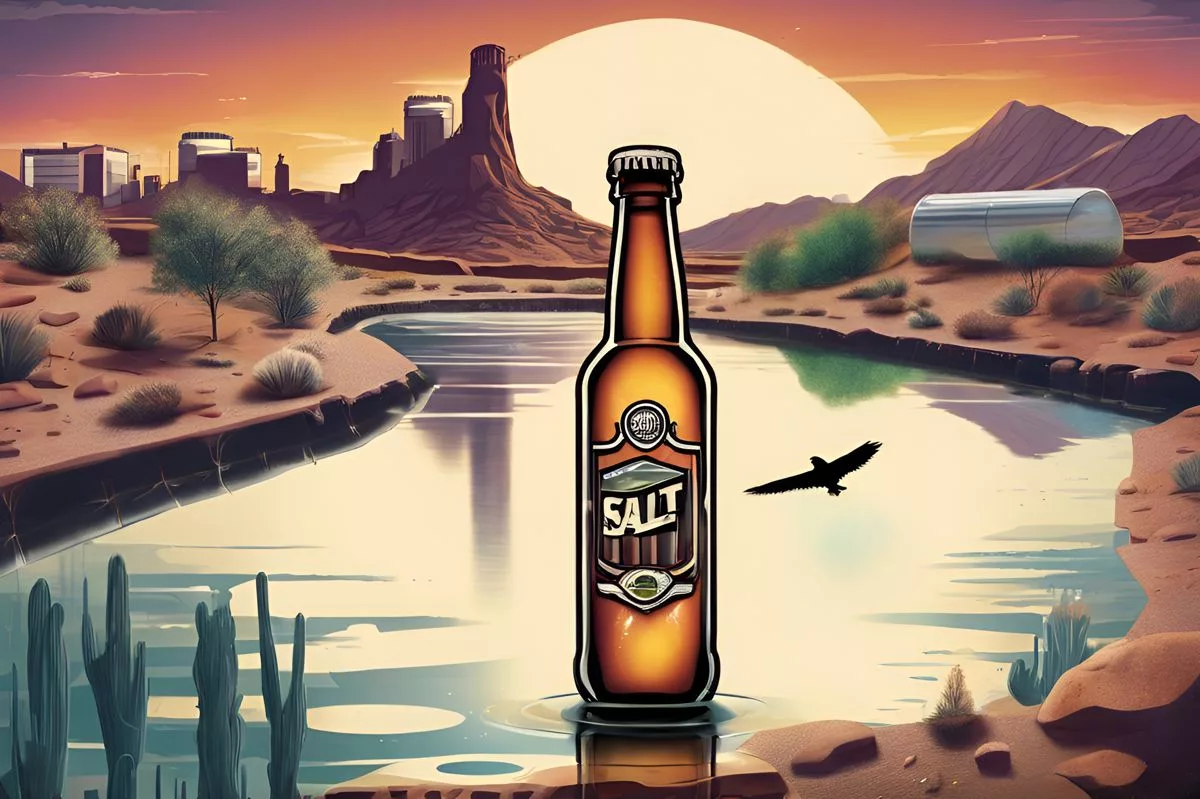South African National Parks (SANParks) has introduced a new digital service, the TMNP My Activity Permit, allowing for easy procurement of the permit for certain leisure activities within the Table Mountain National Park. The permit is cost-effective and valid for a year from the date of purchase. It is aimed at improving the guest experience by enabling smoother exploration of the park’s diverse options and protecting the environment. The procurement process is user-friendly, and holders do not have to pay entrance fees at TMNP pay points for their designated activities, making outdoor activities within this stunning park more economical and attractive.
What is the TMNP My Activity Permit and How Can You Get It?
The TMNP My Activity Permit is a requirement for certain leisure activities within the Table Mountain National Park. This new digital service allows for easy procurement of the permit, making it more accessible to park visitors. The permit is cost-effective and valid for a year from the date of purchase. To get the permit, visitors can register on the SANParks website and obtain it instantly.
In a novel initiative, South African National Parks (SANParks) has declared a substantial enlargement of its service provision. This mirrors an innovative move towards the digital era where the Table Mountain National Park (TMNP) My Activity Permit is now purchasable via the internet. This improvement streamlines the process, making park adventures more attainable to everyone.
The TMNP My Activity Permit: A New Gateway to Adventure
The TMNP My Activity Permit is an obligatory requirement for those desiring to engage in specific leisurely activities within the park. It remains valid for an entire year from the date of procurement. A multitude of activities such as dog walking, equestrian activities, cycling, line fishing, hang-gliding, paragliding, and sports climbing can be relished with this permit.
This new development signifies a leap in both comfort and efficiency. It is aimed at improving the guest experience by enabling smoother exploration of the park’s diverse options.
Environmental Management and the Permit System
At the heart of the SANParks’ principles lies the execution of the Environmental Management Plan. This plan steers the distribution of these activity permits. As stated by SANParks’ Head of Communications, JP Louw, the plan outlines the areas and pathways within TMNP where the activities are permissible, setting down a conduct code for permit owners.
This code plays a crucial role in protecting the environment, reducing effects on other users and wildlife, and confirming the park’s ecosystem’s durability.
The Tiered Classification and Cost-effectiveness of the Permit
The permit system is organized into three levels. For instance, Level 3 permits encompass Levels 1 and 2 and offer access for activities such as hang-gliding, paragliding, sports climbing, dog walking, cycling, fishing, and horse riding. However, for endeavors like line fishing or accessing the marine species at the Cape of Good Hope (Cape Point), permit owners need a valid recreational fishing license from the Department of Forestry, Fisheries and the Environment.
A significant advantage of the My Activity Permit is its cost-effectiveness. As per Louw, “My Activity Permit holders do not have to pay entrance fees at TMNP pay points for their designated activities.” This exception brings an additional benefit to this permit, making outdoor activities within this stunning park more economical and attractive.
Permit Procurement: A Step Towards User-friendly Interaction
The procurement process for these permits has been devised with a user-friendly interface as its primary focus. Potential applicants are required to register on the SANParks website with a username and password, and the permits are instantly obtainable for recreational activities. It’s crucial to mention that commercial enterprises that wish to undertake similar activities have a distinct permit application procedure.
TMNP’s Commitment to Enriching User Experience
In conclusion, the TMNP is dedicated to enhancing the user experience and vows to carry on investing in infrastructural improvements to uphold its reputation as a top-rated destination. As an attestation to this pledge, the recent digital progression in permit procurement is undoubtedly a positive move.
This innovation not only makes the park more accessible to its patrons but also amplifies the park’s appeal as a must-visit destination for outdoor enthusiasts. The TMNP My Activity Permit is your ticket to an outdoor adventure, and now, it’s just a click away!
What is the purpose of the TMNP My Activity Permit?
The TMNP My Activity Permit is aimed at improving the guest experience by enabling smoother exploration of the park’s diverse options and protecting the environment. It is an obligatory requirement for those desiring to engage in specific leisurely activities within the park.
What activities can be enjoyed with the TMNP My Activity Permit?
A multitude of activities such as dog walking, equestrian activities, cycling, line fishing, hang-gliding, paragliding, and sports climbing can be enjoyed with this permit.
How can visitors obtain the TMNP My Activity Permit?
Visitors can register on the SANParks website and obtain the permit instantly.
How does the permit system reduce the impact on the environment?
The Environmental Management Plan outlines the areas and pathways within the park where the activities are permissible, setting down a conduct code for permit owners. This code plays a crucial role in protecting the environment, reducing effects on other users and wildlife, and confirming the park’s ecosystem’s durability.
What are the cost benefits of the TMNP My Activity Permit?
My Activity Permit holders do not have to pay entrance fees at TMNP pay points for their designated activities, making outdoor activities within the park more economical and attractive.
Is the permit procurement process user-friendly?
The procurement process for these permits has been devised with a user-friendly interface as its primary focus. Potential applicants are required to register on the SANParks website with a username and password, and the permits are instantly obtainable for recreational activities.












